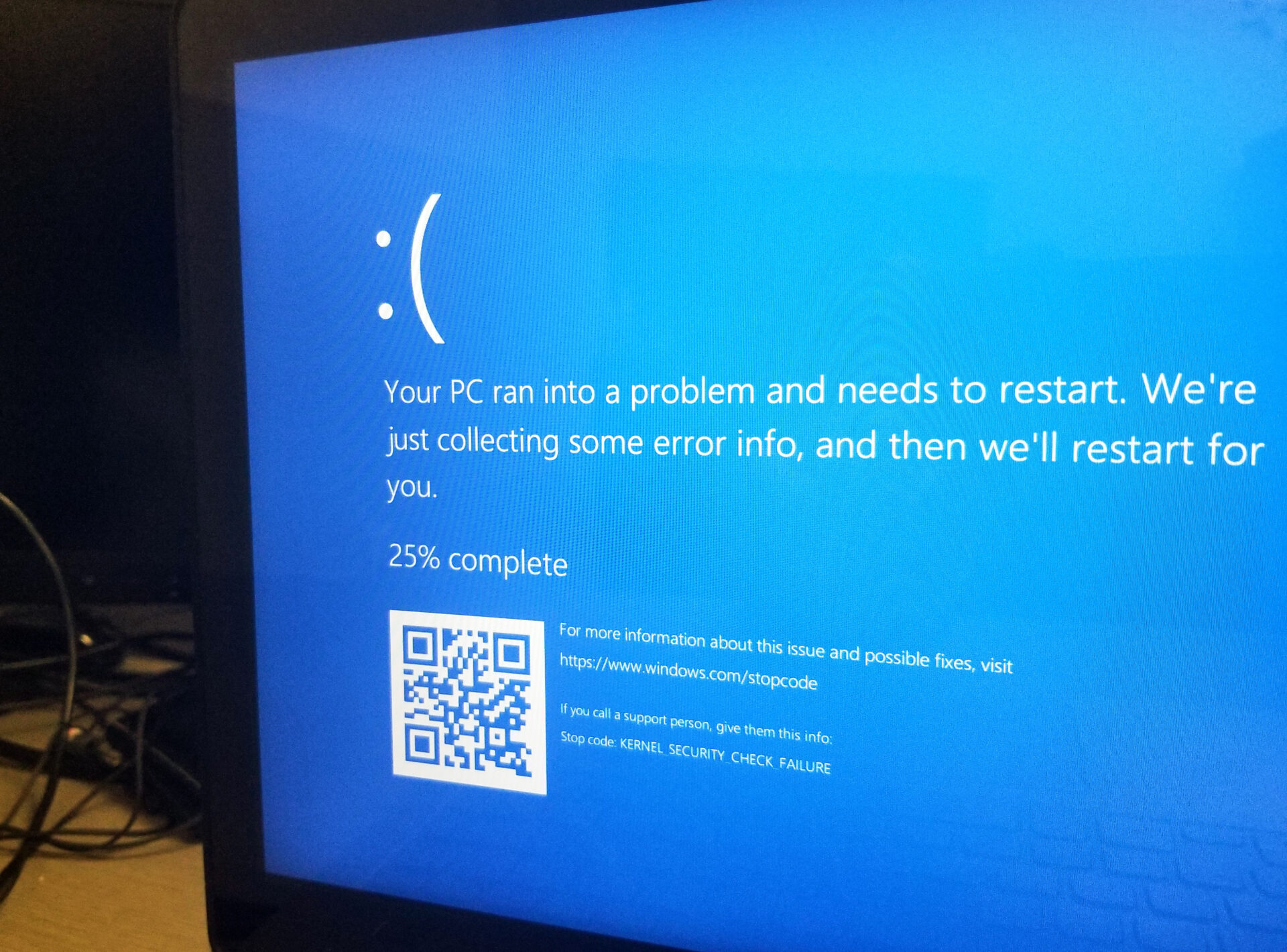Microsoft has announced that support for Windows 10 will officially end on October 14, 2025. After this date, Windows 10 devices will no longer receive security updates, bug fixes, or technical support, leaving businesses vulnerable to security threats and compliance risks. To avoid disruptions, it’s essential to start planning your transition now.
Here’s a step-by-step timeline to help your business smoothly migrate to a supported operating system.
[Related Reading: Hold Off Updating To Windows 11]
Step 1: Assess Your Current Systems
Begin by conducting a comprehensive audit of all devices running Windows 10. Identify hardware and software dependencies, compatibility requirements, and legacy applications needing updates or replacements.
Step 2: Develop a Transition Plan
Based on your assessment, determine the best migration path for your business:
- Upgrade to Windows 11: This is the most straightforward solution if your current hardware meets Windows 11 requirements.
- Invest in New Hardware: Consider replacing your outdated devices with modern, Windows 11-compatible machines.
- Explore Alternative Solutions: Cloud-based virtual desktops or other managed IT solutions may be viable options for some organizations.
[Related Reading: Economies of (Growth) Scale: How Managed IT Services Enable Efficient Business Expansion]
Step 3: Backup Critical Data
Before implementing any changes, ensure that all critical business data is backed up securely. Verify the integrity of backups and test recovery procedures to minimize data loss risks during the transition.
[Related Reading: Importance of Data Backups for Engineering Firms]
Step 4: Test the New Environment
Conduct a pilot migration with a small group of users to identify potential issues before rolling out changes across the organization. Ensure all business-critical applications function correctly on the new system.
Step 5: Implement the Migration
Gradually roll out the upgrade to all employees and departments. Provide training sessions to familiarize staff with new features and security best practices.
Step 6: Finalize and Secure
As the deadline approaches, verify that all systems have been upgraded and decommission any remaining Windows 10 devices. Strengthen security measures, update endpoint protection, and establish a proactive IT maintenance plan for future upgrades.
Why You Should Act Now
Waiting until the last minute can result in rushed decisions, security vulnerabilities, and unexpected downtime. By starting early and following a structured migration plan, your business can ensure a smooth, secure transition to Windows 11 or an alternative solution.
If this seems confusing or overwhelming, don’t leave things to chance. Look for trusted expert guidance. Partnering with an IT solutions provider can help ensure a seamless transition with minimal disruption.
Don’t wait—connect with one of our experts today to help keep your business secure and operational beyond 2025. Contact us!








